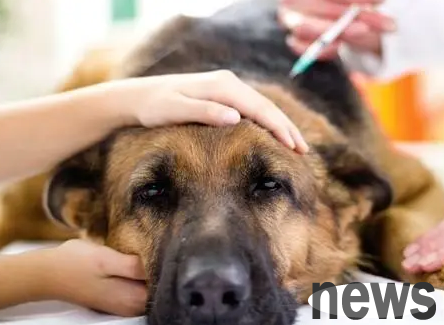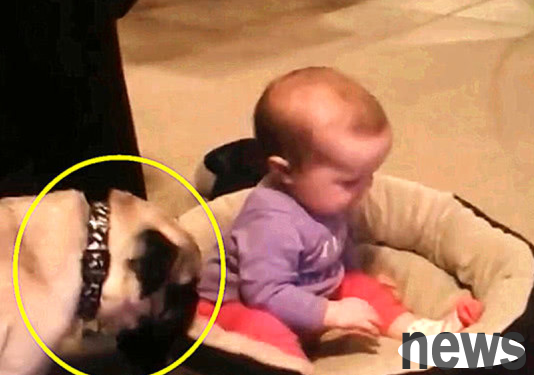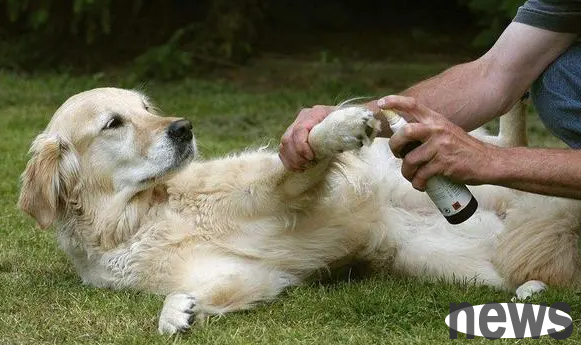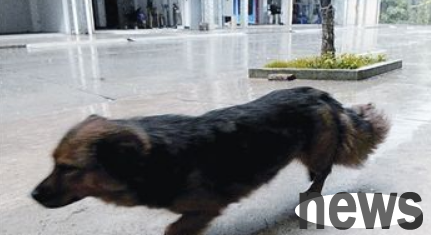How to prevent and treat ascariasis in dogs?
Dog ascariasis is caused by the parasitization of canine ascariasis and lion ascariasis in the small intestine and stomach of dogs. It is widely distributed in my country, mainly harming 1 to 3 months of age, affecting growth and development, and can lead to death when infected seriously.
1. Introduction to ascariasis
1. Canine roundworm (canine arch ascariasis) is pale yellowish and white, with three lips at the end of the head and a narrow and long cervical wing membrane on the side of the body. 2. Canine roundworm eggs are excreted from the body with feces and develop into infectious insect eggs under suitable conditions.

2. Causes of ascariasis
1. After dogs within 3 months of age swallowed the infectious eggs, they hatched larvae in the intestinal wall. The larvae drilled into the intestinal wall, passed through the lymphatic system to the mesenteric lymph nodes, then flowed through the blood to the liver, and then reached the lungs with the blood. The larvae were swallowed through the alveoli, bronchiolos, and bronchioles, and then swallowed into the stomach through the larynx, and further developed into adults to the small intestine. The whole process was 4-5 weeks. 2. After an older dog swallows the infectious eggs, the larvae flows with blood to various tissues and organs of the body, forming cysts. The larvae remain viable, but does not develop further. After the female dog containing cysts in the body becomes pregnant, the larvae are activated and moves through the placenta to the fetal liver, causing intrafetal infection. After the fetus is born, the larvae move to the lungs, and then to the gastrointestinal tract to develop into adults. Mature canine roundworms appear 23-40 days after the birth of the dog.
3. Newborn dogs can also cause super infection by sucking colostrum. After infection, larvae directly develop into adults in the small intestine.
4. The lion roundworm egg develops into infectious eggs under suitable conditions in the outside world. After being swallowed by dogs, the larvae escapes in the small intestine, and then develops into the human intestinal wall and returns to the intestinal cavity, and develops into an adult after 3-4 weeks.
3. Clinical symptoms of ascariasis
1. Ascariasis parasitizes in adult dogs, and its harm is not very obvious. However, puppies have a large number of roundworms parasitize, and the intestinal wall is stimulated and causes various disorders. The sick dogs gradually lose weight, pale mucosa, loss of appetite, vomiting, diarrhea and then constipation, abdominal enlargement, malnutrition and anemia.
2. Dogs often like to grab foreign objects such as soil and wood, and occasionally experience epilepsy spasms.

3. If developmental delays and when infection is severe, roundworms often excrete from their vomit and feces, they can be diagnosed.
4. Prevention measures for ascariasis
How to prevent and treat ascariasis in dogs? The most important thing is to check regularly and deworm:
1. Puppy check once a month, adult dogs check once a quarter:
2. Disease dogs are found, deworm immediately: use levomidazole, 10 mg per kilogram of body weight: orally use mebendazole, 10 mg per kilogram of body weight, twice a day, for two consecutive days; or use pyrimidine (anti-worm spirit) 5-10 mg per kilogram of body weight, and take it orally; or use piperazine citrate (de-rosin) 100 mg per kilogram of body weight, and take it orally.
3. Clean and hygienic and change the feeding environment: Take the cleanliness and hygiene of the environment, food troughs and food seriously, remove feces in a timely manner, and perform fermentation treatment to eliminate the source of infection.




